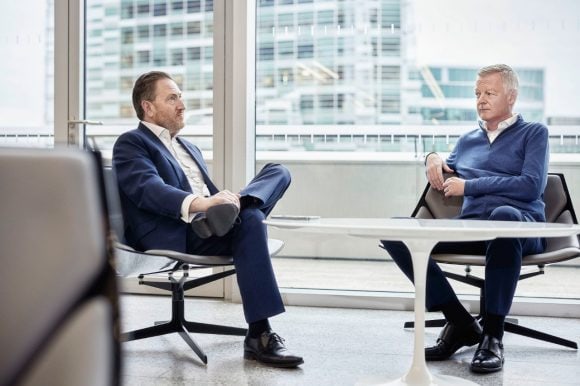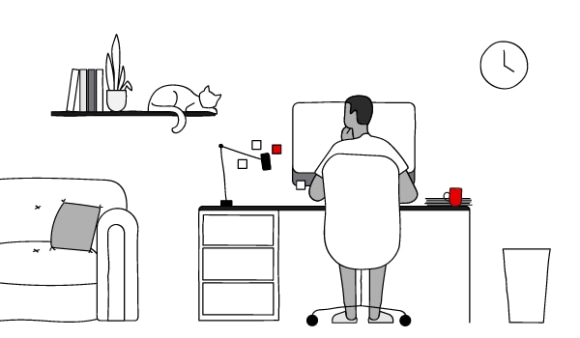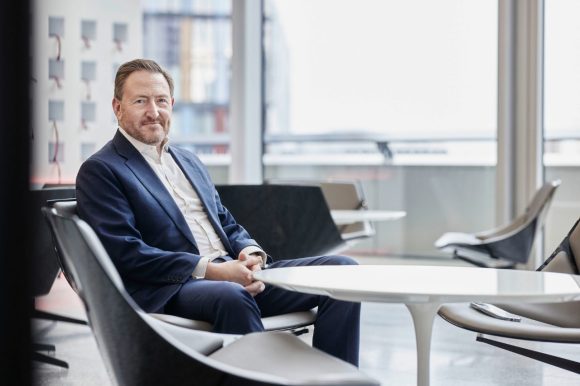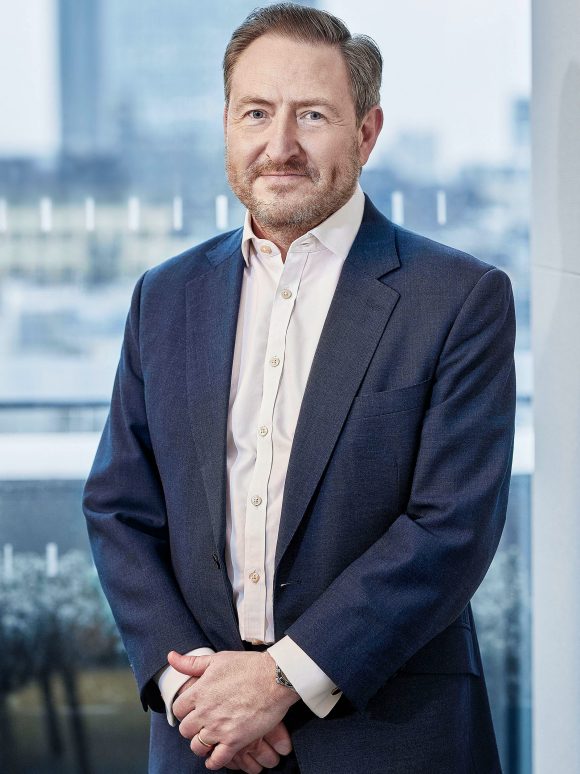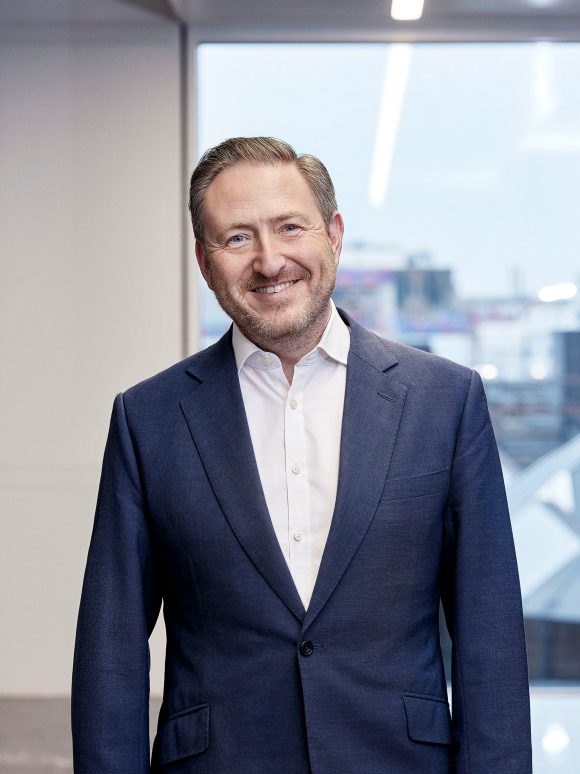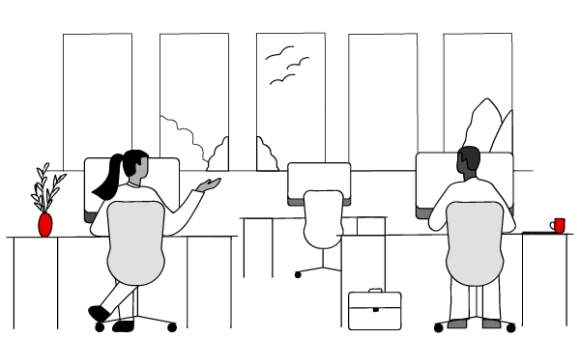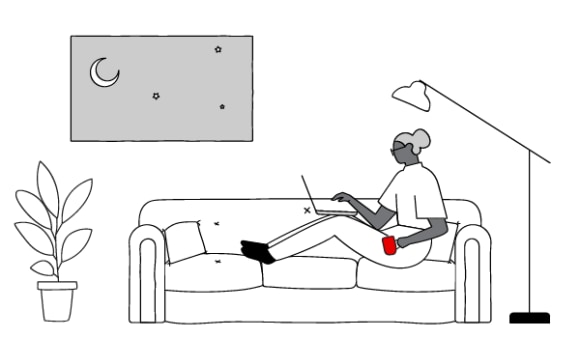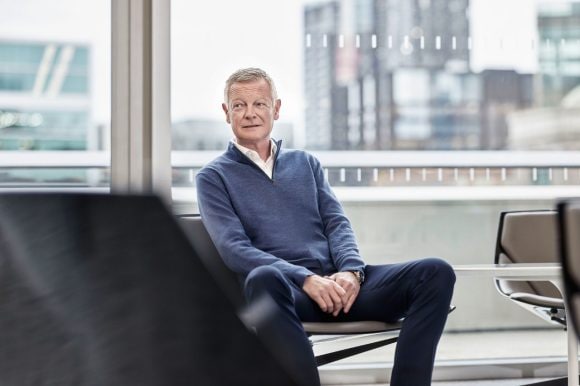There for the client, from wherever we work
While 2020 was the year a lot of the world stayed at home, 2021 was the year that many of us made tentative steps back into the world – and UBS offices – where circumstances allowed.


